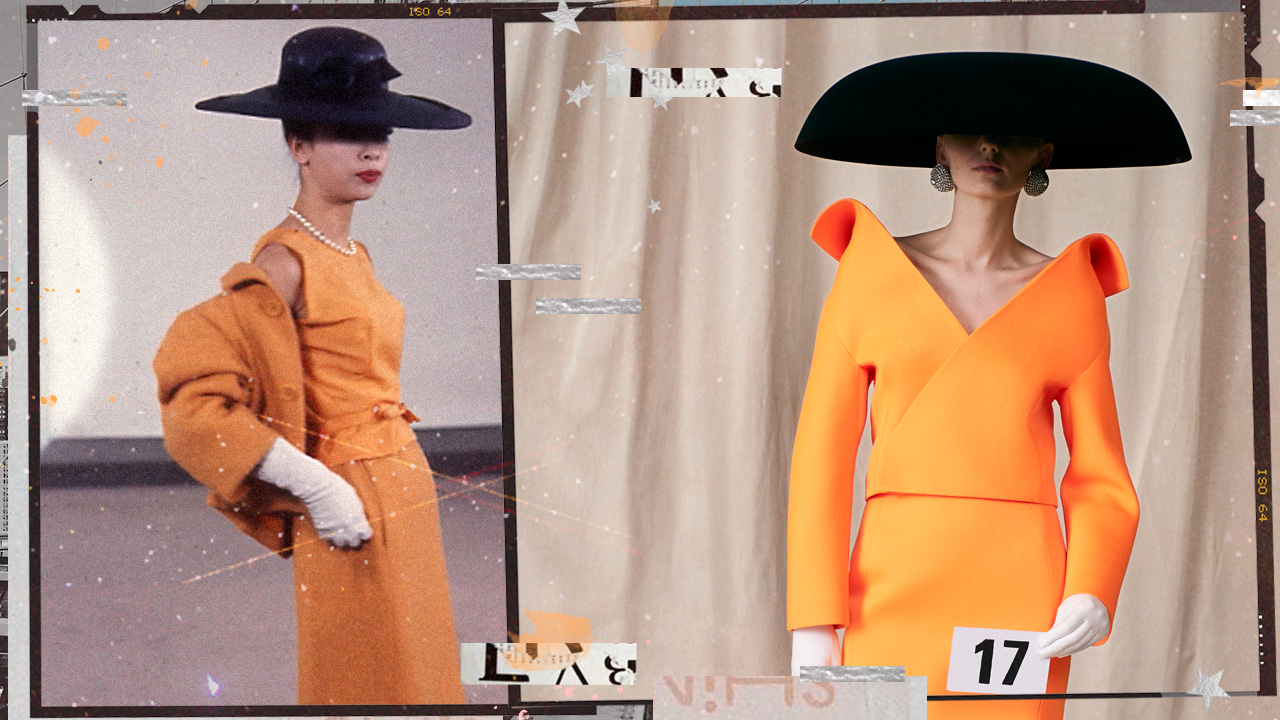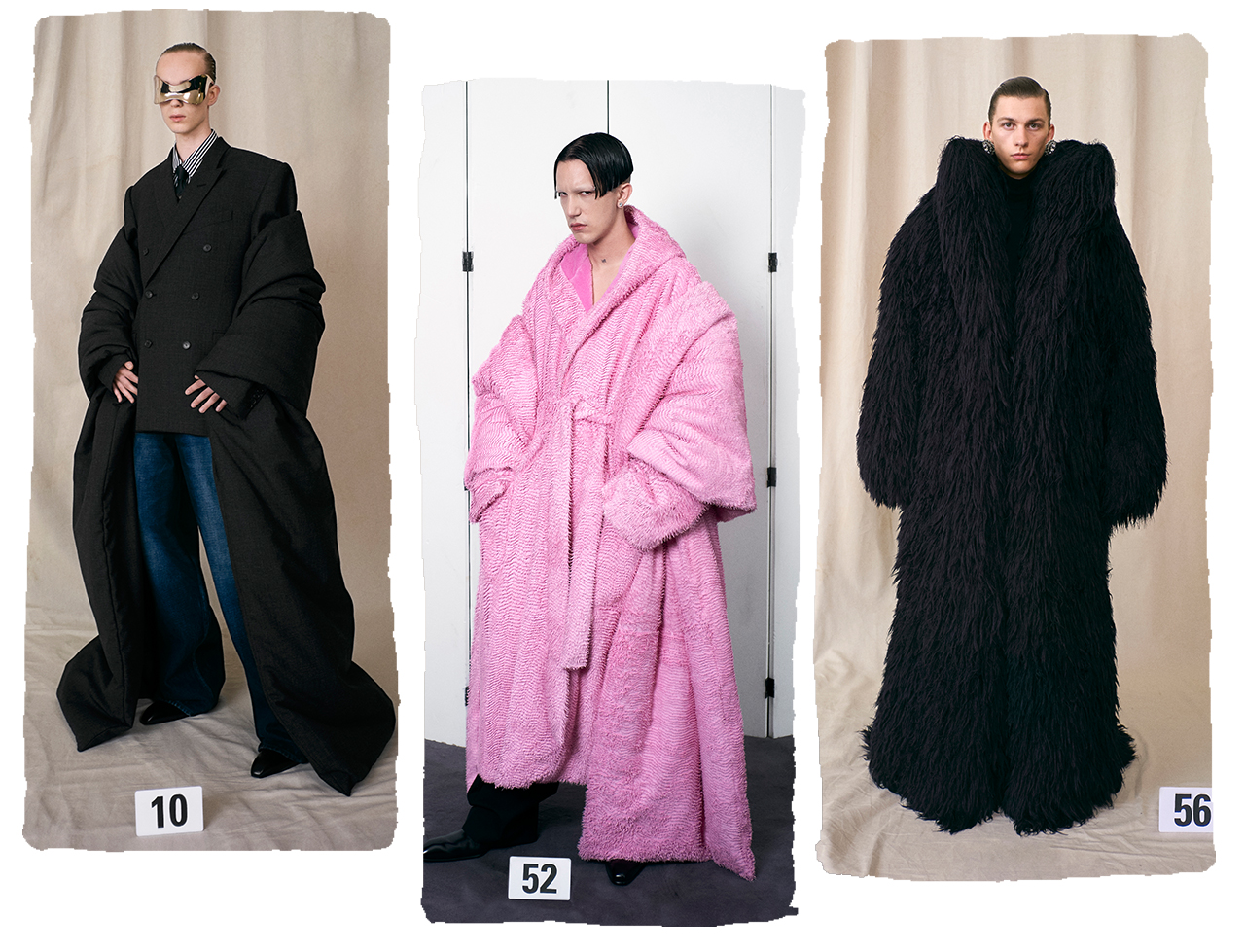News feed

It’s been 53 years since French maison Balenciaga released a Couture collection. But under the guidance of Georgian designer Demna Gvasalia, better known for his ironic remixing of street and mass-market, it made a remarkable return during Paris Fashion Week with a unisex collection that gave men a slice of the couture pie.
Seamlessly weaving the heritage of Balenciaga’s avant garde methods with his own innate codes inspired by youth culture, Gvasalia’s collection is a reflection on the purpose of couture today. Who is it for? Where does it fit in a world where, sporadically, we find ourselves locked within our own homes?

The answer is – seamlessly intertwine the kind of fabrications that extend the experience of comfort with the garments of today. The impact of couture lies within its expression of pure creativity. Unlike ready-to-wear, which is heavily reliant on the now and the immediate, couture dreams about what could be, what might be. At Balenciaga, these dreams are a world of angular volume – sculptural coats or dresses that swallow the form – and of polished silhouettes in the form of “mum” jeans.
The menswear came in the form of suiting that manipulated proportions to defy “typical” masculine accents. Waistlines were cinched to create the illusion of an hourglass figure below the broad shoulders of a male model. A tuxedo had an oversized drape normally afforded to women’s suits.
In fact much of the men’s elements came from the style of Cristóbal Balenciaga himself – fibres of mohair, cashmere and barathea wool (a blended yarn of wool, silk and cotton, most commonly) speaking to his own particular sartorial choices. Of course, there was the signature Gvasalia irreverence – a washed denim jacket, a track-inspired jacket and trousers and opaque eyewear.

But why does it – the reintroduction of couture, but mostly a couture for men – matter?
For all its boundary pushing, fashion can be decidedly rigid in some respects. Historically, couture and all its dramatic finesse has been the domain of womenswear – the percentage of the population that are apparently better equipped to revel in its details. The closest approximation for men has been the tailored perfection of places such as Savile Row. In 1997, Jean-Paul Gaultier became one of the first designers to truly release a couture line for men. It wasn’t really until 2015 that the rest of the world caught up when Dolce and Gabbana revealed their first Alta Sartoria collection.
Now, as the politics of gender and the codes of fashion continue to undergo a deep process of self-reflection, couture for men has made its way onto the runway of Valentino and out of the ateliers of Givenchy. Hopefully, Gvasalia, and Balenciaga, are just the next step in the path of progress where remaining rigidity in fashion’s upper echelons begins to soften.
It also shows how the couture process can and should have a place alongside wearability. We talk about the craftsmanship of suits and the hours of work that go into them as a standard of quality but couture has always been placed on a pedestal, removed from the world at large. Gvasalia is perhaps the best person right now to introduce a couture concept for the everyday.









